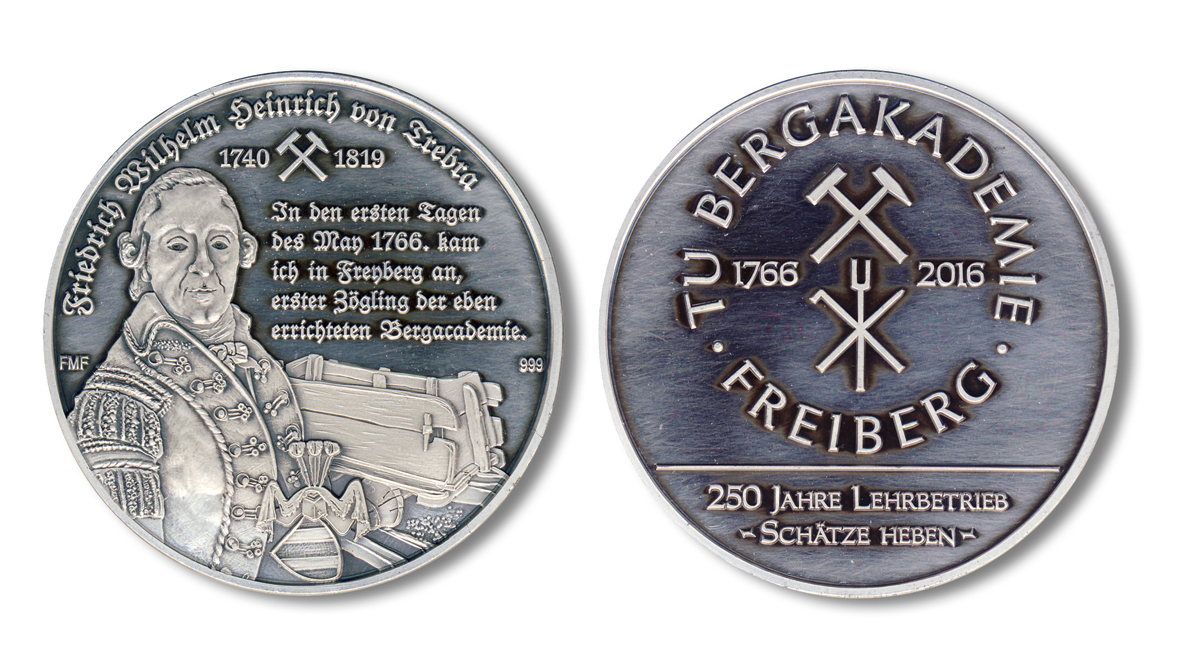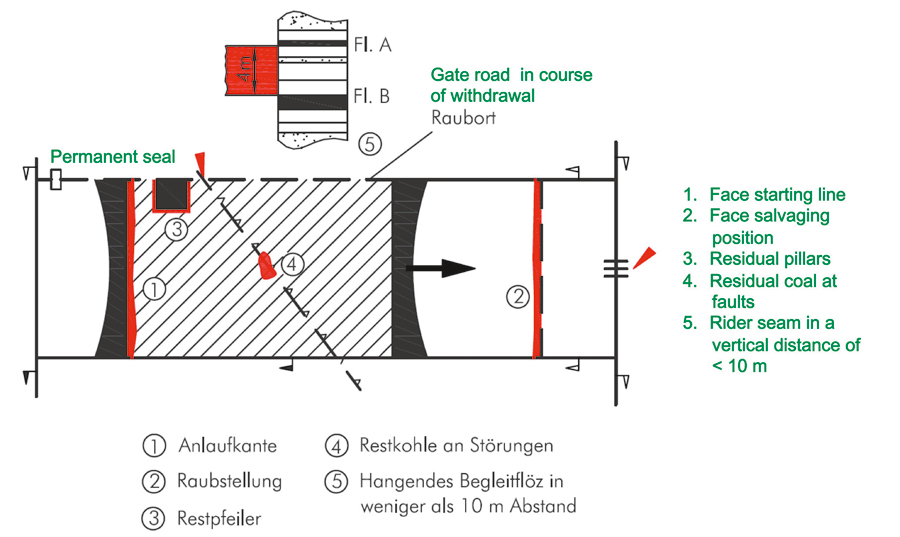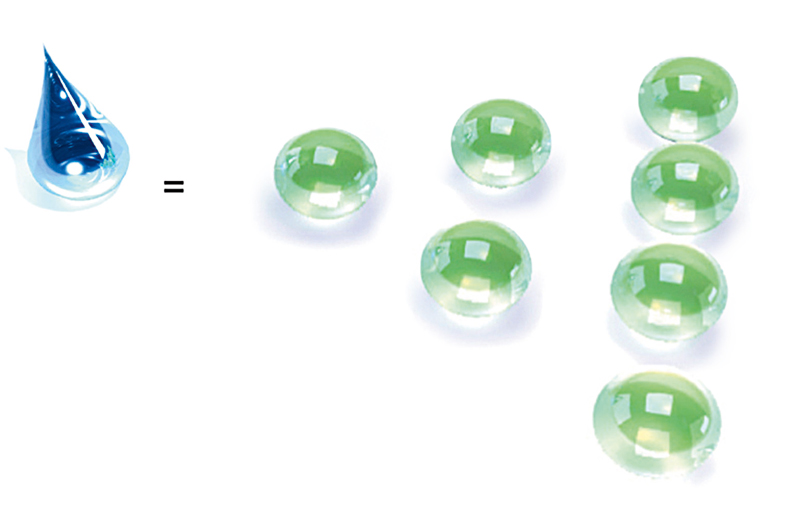Work safety is just as important a strategic task as meeting production targets. German mining companies have long shared this view and the international mining industry is now increasingly taking the same approach. The German mining industry with its long-standing traditions can bring a wealth of experience to bear here, especially with the support provided by the BG RCI (Employers’ Liability Insurance Association of the Raw Materials and Chemicals Industry). It is therefore no coincidence that just one year after …
Read moreWith my best regards // Mit freundlichem Glückauf
Dipl.-Ing. Andreas-Peter Sitte
Chief Editor Mining Report Glückauf, Herne
Fire Prevention in Underground Mining – Requirements for Equipment in Germany and Europe

Fig. 7. Testing of plastic pipes mounted under the roof according to DIN 22100-5. The fire’s approximate fire output is 3.3 MW. // Bild 7. Prüfung von an der Firste befestigten Kunststoffrohren nach DIN 22100-5. Die Wärmeleistung des Feuers beträgt ca. 3,3 MW.
Author: Christoph Möller, M. Sc., Project Manager Mining/Special Fire Testing and Head of Fire Training at DMT GmbH & Co. KG, Dortmund/Germany
Read moreHazard Analysis on Underground Mine Fires in Collieries
Since the mid sixties, there were over 200 spontaneous combustion fires in German collieries, with more than a dozen cases of CH4 ignitions. It should be agreeable that the related mine rescue work for the prevention of damage to property should not be more hazardous than ordinary underground work. This claim requires a regular check of safety regulations for the fighting of fire types which include the potential danger of an explosion. The paper points out the experiences of the German coal mining industry gathered on ignition hazards related to spontaneous combustion fires:- development of spontaneous combustion;
- preventive measures;
- ignition hazards and related safety regulations;
- goaf inertization;
- fighting concealed fires with injection measures;
- coal production in case of fire;
- full space inertization.
Author: Dr.-Ing. Walter Hermülheim, Honorary Professor, Institute of Mining, Clausthal University of Technology, Clausthal-Zellerfeld/Germany
Read moreEarly Detection of Smouldering Fire Using the GESO-FireFinder M-System – Description and Experiences
The arising of smouldering fire of slack coal in close proximity of conveyer belt systems still cannot be prevented despite of all safety engineering. That is why it is necessary to find the source of fire at an elementary stage and detect it locally. The GESO Firefinder M is based on the technology of fibre optical distributed temperature sensing and guarantees a complete and continuing detection of any temperature anomalies along the whole conveyer belt system. Intelligent analysing software differs between normal running variation in temperature and possible fire occurrence. In case of a fire it generates an alarm even with the exact location to a permanent occupied place (mining control stand). This publication describes the system and shows some experiences.Authors: Dipl.-Phys. Bernhard Vogel, Dr. Stephan Großwig, GESO GmbH & Co. Projekt KG, Jena, und Dipl.-Math. Bernd Jatho, Dr. Ulrich Palzer, GIB Gesellschaft für Innovation im Bauwesen mbH, Weimar
Read moreOne Seven MINING – an Innovative System for Firefighting and Prevention in Mining
By adding a special foam concentrate and compressed air to water the One Seven MINING system produces compressed air foam (CAF). The foaming agent is a surfactant and a non-flammable substance unlike phenol or polyurethane. By inundating a mine space with foam it displaces any explosive gases and prevents oxygen contact with the fuel. The foam has strong penetrating and lasting inhibitory properties. In spite of many efforts being made to improve occupational safety, the risk of fire and explosions in mines remains due to a risk of spontaneous combustion of the materials, e.g. coal or waste, and because of the presence of explosive gases and dusts, e.g. methane gas and coal dust. The CAF system can be used preventively to cover dangerous areas in the goaf, preventing fire damps and dust explosions. It can also be used for actual fire suppression both on machinery and on the coal itself. Examples for both preventive and active firefighting will be given in this article. One Seven MINING has references from applications in the Czech Republic, in Germany, China and Turkey.Author: Dr.-Ing. Max Thomas Stöttner, Assistant Lecturer at the Osnabrück University, Osnabrück
Read moreLatest Developments in LIBS for Distinction of Coal and Waste Rock in Explosive Areas
The Institute for Mineral Resources Machine Technology (IMR) at the RWTH Aachen University, Aachen/Germany has been working on options to enable boundary layer detection as well as horizon control for underground coal operations for more than a decade. One of these tested options is laser-induced breakdown spectroscopy (LIBS). After a short introduction into the technology of LIBS, this article describes the challenges to enable LIBS in underground coal operations. Furthermore, an overview of the latest results in examining dust-water suspensions will be given.Authors: Nina B. Fietz M. Sc., Dr.-Ing. Thomas Bartnitzki, Institut für Maschinentechnik der Rohstoffindustrie (IMR) der Rheinisch-Westfälischen Technischen Hochschule (RWTH) Aachen
Read moreCommemorative Silver Medal marks 250 Years of Mine Engineer Training at Freiberg University of Mining and Technology 1766-2016

Fig. 4. Annual medal 2016 of the Freiberg Coin Association // Bild 4. Jahresmedaille 2016 der Freiberger Münzfreunde e. V.
Author: Dr.-Ing. Lothar Schumacher, Wissenschaftlicher Mitarbeiter, Institut für Maschinenelemente, Konstruktion und Fertigung, TU Bergakademie Freiberg, Freiberg
Read more
















